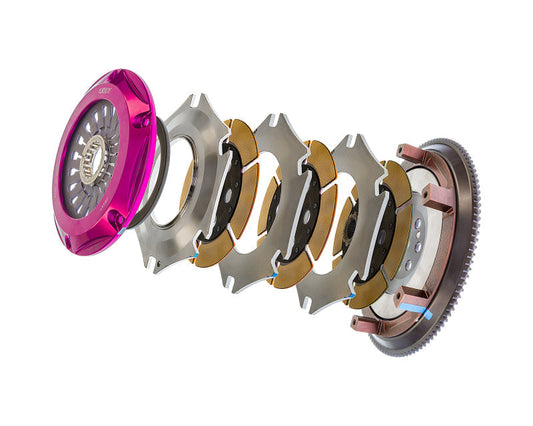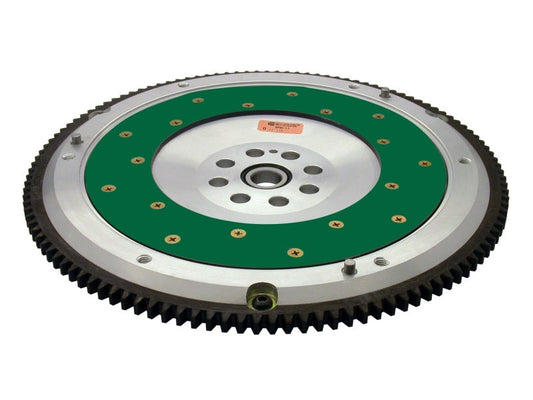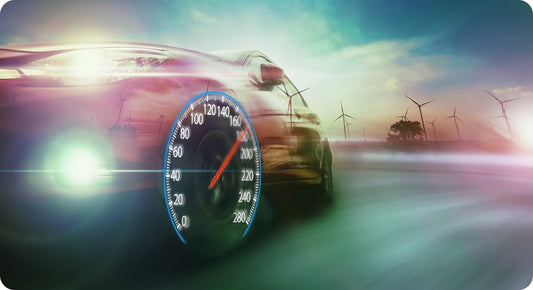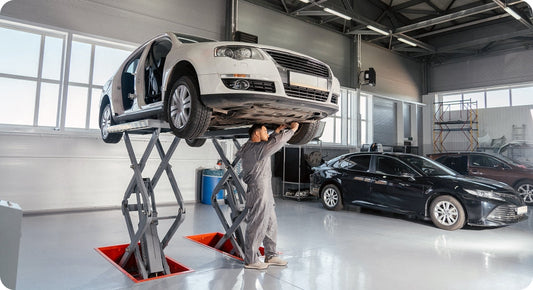When it comes to dialing in a suspension setup, there’s one often-overlooked step that separates good handling from great handling: corner weighting. It’s a process that’s often misunderstood, but it can dramatically improve your car’s balance, consistency, and road feel—especially if you’ve installed coilovers or track suspension.
At WOT Performance Parts, we’re all about helping you get the most from every component. In this guide, we’ll explain exactly what corner weighting is, how it works, and why it’s a must for serious performance enthusiasts. Contact WOT Performance Parts today for more information.
What Is Corner Weighting?
 Corner weighting (also called "cross-weight balancing") is the process of adjusting the load on each of your car’s four wheels using suspension height adjustments—usually via coilovers—to optimize balance.
Corner weighting (also called "cross-weight balancing") is the process of adjusting the load on each of your car’s four wheels using suspension height adjustments—usually via coilovers—to optimize balance.
The goal is to distribute weight evenly diagonally, so your car handles predictably and consistently under all conditions.
Corner weighting is not about getting each corner to weigh the same—it’s about balancing load across the chassis for maximum grip and control.
Why Does Corner Weighting Matter?
Even small imbalances in how weight is distributed can cause:
-
Unpredictable cornering behavior
-
Inconsistent left vs. right turn-in
-
Uneven traction or braking
-
Poor ride quality
-
Unbalanced tire wear
By adjusting spring preload and ride height at each corner, corner weighting creates a more neutral, stable platform that responds better to inputs, whether you’re on the street or carving up apexes.
How Is Corner Weighting Done?
Corner weighting requires:
-
Scales at each wheel (a 4-pad digital scale system)
-
Adjustable coilovers or race suspension
-
A flat, level surface
-
Precise, iterative adjustments
The Process (Simplified):
-
Set your desired ride height at each corner
-
Park the car on the scale pads (with the driver or equivalent weight inside)
-
Record weights at all four corners
-
Calculate cross-weight percentage:
(LF+RR)÷TotalWeight(LF + RR) ÷ Total Weight(LF+RR)÷TotalWeight -
Adjust ride height at each corner to achieve balance (usually aiming for 50% cross-weight)
-
Re-measure and repeat until balanced
What’s A Good Cross-Weight Target?
For most street and dual-purpose track cars, aim for:
✅ 50% cross-weight on a front-engine, rear-wheel-drive layout
✅ As close as possible to 50% for balanced handling across left and right turns
On race cars or oval track setups, you may intentionally bias the weight to one side for specific cornering behavior.
Who Needs Corner Weighting?
Corner weighting benefits nearly any enthusiast build, but it’s especially important if you’ve:
-
Installed coilovers or adjustable suspension
-
Swapped engines or components affecting weight distribution
-
Noticed inconsistent handling when turning in different directions
-
Raced in autocross, time attack, or circuit events
If you care about precision handling, corner weighting is essential.
Common Misconceptions About Corner Weighting
🚫 “It’s just for race cars.”
False. Even spirited street cars benefit from a more balanced chassis.
🚫 “I already aligned the car—it’s fine.”
Alignment sets camber/toe; corner weighting sets load balance. They're different but complementary.
🚫 “I just need to lower the car evenly.”
Nope. Even ride height doesn’t mean balanced corner weight—weight can still be biased front-to-rear or side-to-side.
When Should You Corner Weight Your Car?
✅ After installing coilovers or height-adjustable suspension
✅ After any major weight shift (engine swap, battery relocation, stripped interior)
✅ Before heading to the track or autocross
✅ When dialing in the final stage of a complete suspension build
It’s best done after an alignment so you’re fine-tuning a known baseline.
What To Expect From A Properly Balanced Car
After corner weighting, you’ll notice:
-
Sharper turn-in and mid-corner control
-
Equal confidence in turning left or right
-
Reduced “float” or instability at speed
-
More predictable trail braking and throttle transitions
-
Better lap times (if tracking) and tire wear
Can I Corner Weight My Car At Home?
Technically, yes—with scale rentals and patience—but it’s best done by:
-
A shop with experience in race setups
-
Technicians who understand spring preload vs. ride height
-
Tuners who can factor in your goals and driving style
If you’re serious about handling, the investment is well worth it.
Maximize Handling With WOT Performance Parts
At WOT Performance Parts, we stock coilovers, adjustable suspension kits, camber plates, and corner weighting tools that let you dial in the perfect balance for your setup.
Whether you're building a canyon carver or a track machine, we’ll help you create a setup that feels connected, planted, and confidence-inspiring every time you drive.
Shop now and unlock pro-level handling with the best parts and the right suspension strategy.






